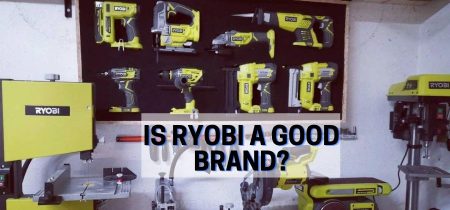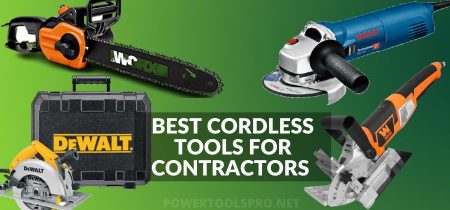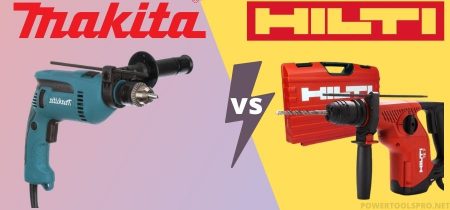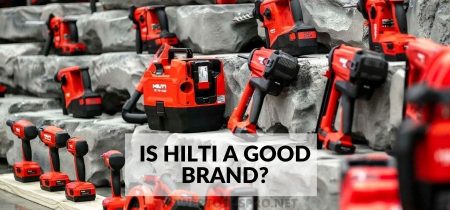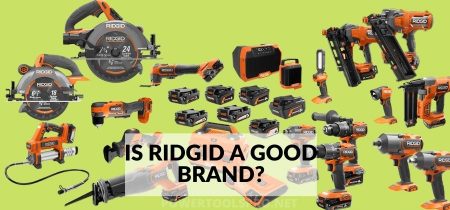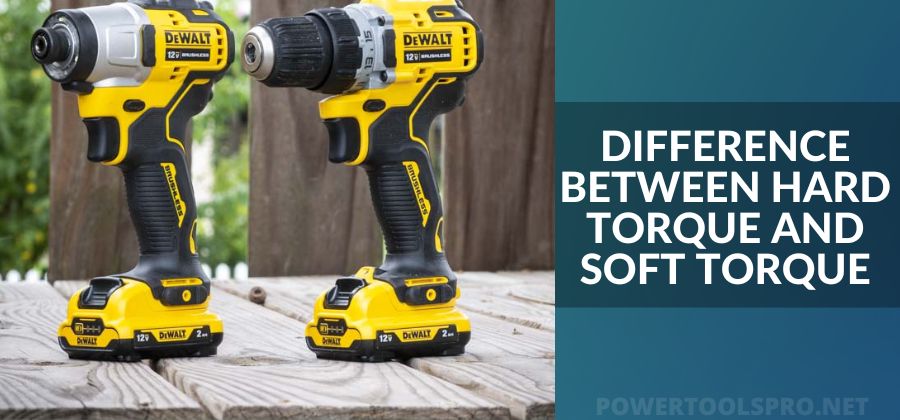
A lot of people are searching to find the difference between hard torque and soft torque. Though, no one claims to have a crystal clear understanding of these two mechanical concepts.
Moreover, manufacturers don’t have much to offer to explain the difference between hard and soft torques.
The main difference between hard and soft torque is encapsulated in the kind of materials you are using. However, while working with materials the quantity of available energy flowing to the launch does not modify some of the materials released and others don’t.
Hence, fastening metal to metal will result in hard torque. In Addition to it, soft torque is built while working on wood and soft materials.
What is actually Torque on a Drill or Impact driver?
Torque in simple terms is the measure of force that can cause an object to rotate about an axis. Force is what causes an object to accelerate in linear kinematics.
Similarly, torque is what causes an angular acceleration. Hence, torque can be defined as the rotational equivalent of linear force.
The straight line about which the object rotates is called the axis of rotation. In physics, torque is simply the tendency of a force to turn or twist.
Drill or Impact drivers are commonly used for drilling and fastening applications. However, Impact drivers are a comfortable and more powerful and handy solution for all fastening applications.
Comparing torque on drill or impact driver is of significant value. A drill consists of a power of 550 in/lbs. while impact driver is powered with 1350 in/lbs. which are far greater than the drill.
To provide direct torque in larger fastening applications, a drill needs the operator to support the tool or use a side-assist handle to help avoid it from rotating out of control. During this process, the majority of the handlers will experience fatigue in their arm or wrist.
Impact drivers are more compact and with unique designs. They also have more torque than drill or power drills as their motors are heavy and they have more power striking at 3200 blows per minute (BPM).
It has a hammer and anvil power train, a motor-driven hammer rotates against the anvil and strikes the side of the anvil. Average impact drivers are 50% lighter and almost 35% smaller in size than drills or drivers.
Hard Torque vs Soft Torque
Hard Torque is when you are working with hard fastening materials like stainless steel and some other applications.
Moreover, hard torque is the instant delivery of energy Maximum torque is applied at the beginning of the applications.
Any object that experiences torque has a pivot point; if they are fastened to hard materials then they will have hard torques. Some of the applications are mentioned below.
- Wrenches
- Seesaws
- Car Engine
Some of the real-life examples include torque in automobiles or see-saws. Torque in a car helps a sports car to boom 0-60 kp/h in seconds.
Soft torque is the torque that you get when working with soft materials like pine and oak. During this application, the drill has more powerful rotation and results in more soft torque.
Soft torque is the result of applications that are not hard like materials and do not require much force and effort to work on. For example, if we are working on pine as compared to stainless steel it does not require much effort as they are needed for steel material.
Conclusion
To sum up, we can say that torque is a force required to twist objects. If operators come across hard materials they experience hard torque; if they handle soft materials like pine they experience soft torque. Torque is always present in rotational applications in either form.
